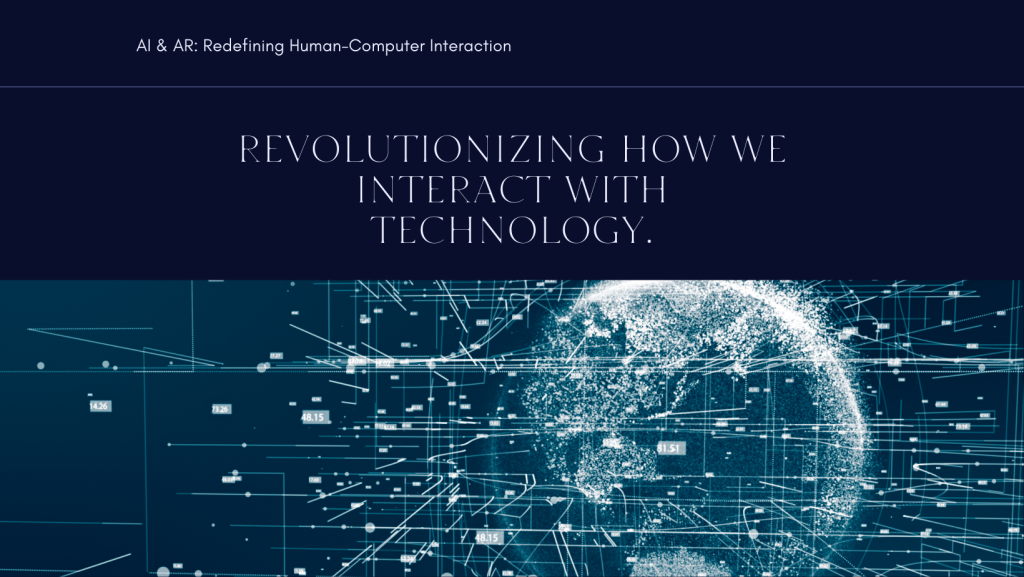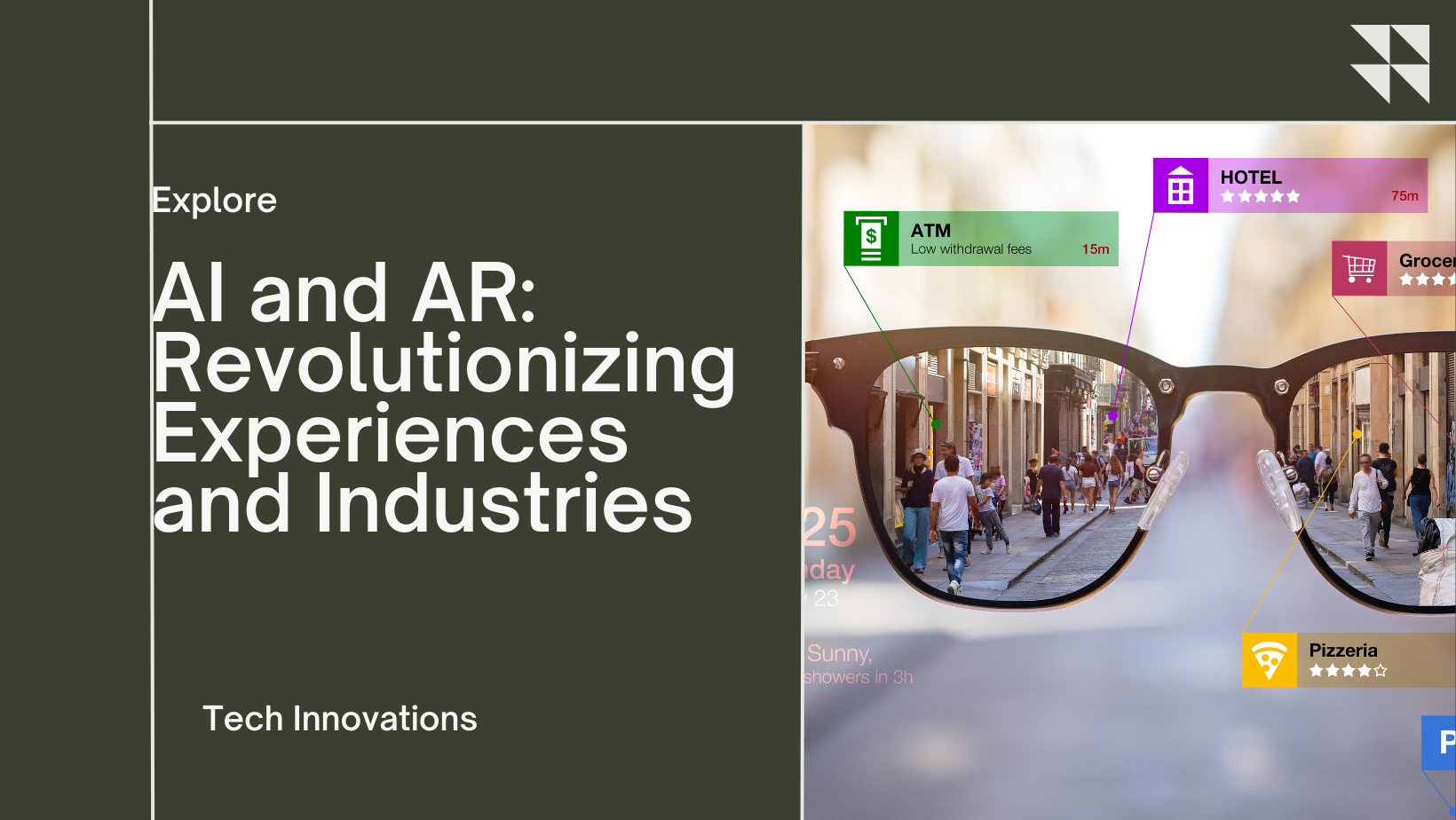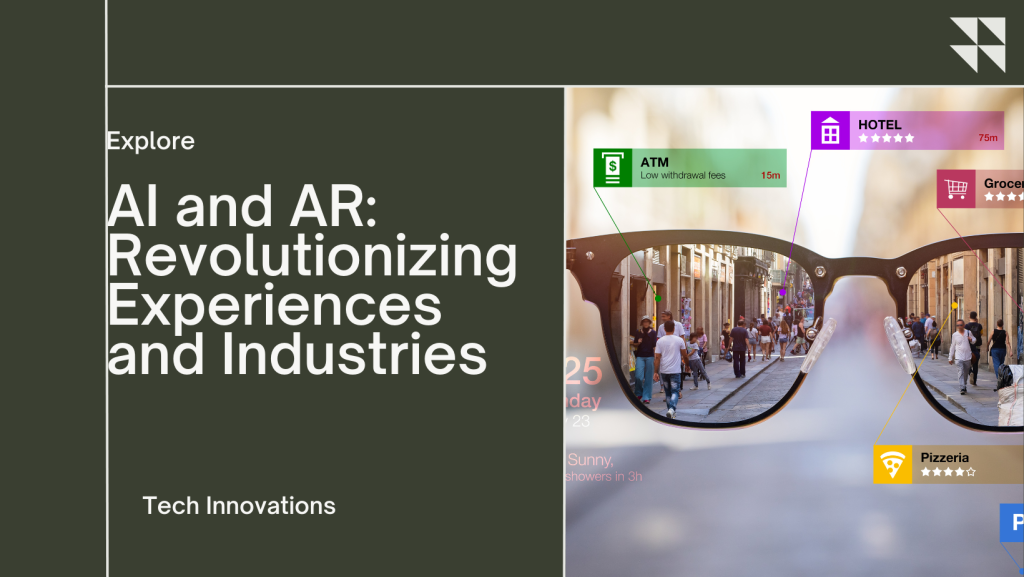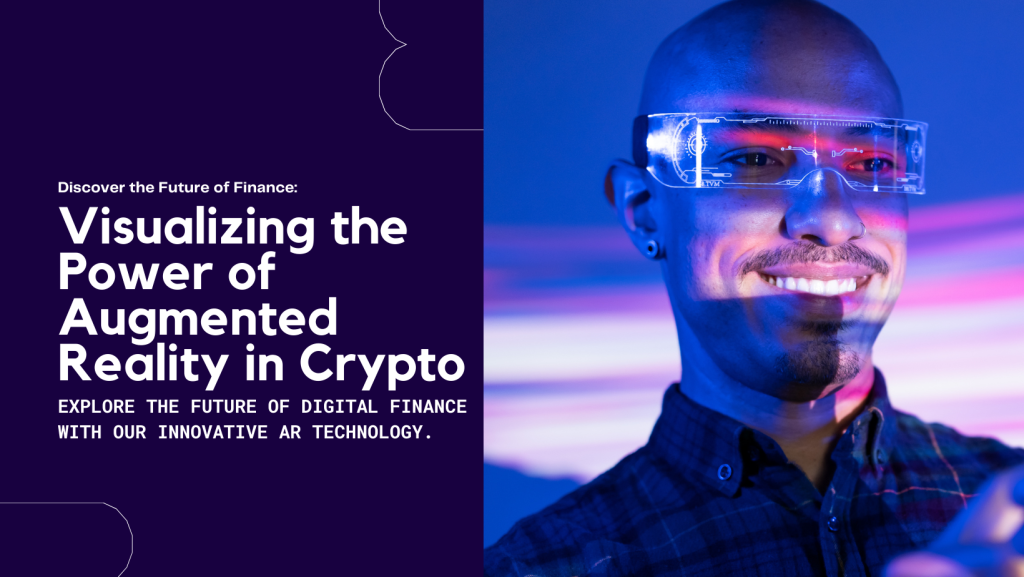Artificial Intelligence (AI) has emerged as a transformative force across various aspects of modern society, influencing industries, economies, and everyday life. This article explores the impact of AI on society, highlighting its applications, benefits, challenges, and ethical considerations.
- Applications of AI: AI technologies encompass a wide range of applications, from virtual assistants like Siri and Alexa to complex systems in healthcare, finance, and autonomous vehicles. Machine learning algorithms analyze data patterns to make predictions and decisions, enhancing efficiency, accuracy, and innovation across industries. Natural language processing (NLP) enables AI to understand and generate human language, powering chatbots, translation services, and sentiment analysis.
- Benefits of AI: AI offers numerous benefits, including improved productivity, cost savings, and personalized experiences. In healthcare, AI assists in medical imaging analysis, drug discovery, and personalized treatment plans, leading to better patient outcomes and reduced healthcare costs. In business, AI-driven insights enhance decision-making, optimize supply chains, and automate routine tasks, freeing up human resources for more creative and strategic roles. AI-powered recommendation systems in entertainment and e-commerce personalize content and shopping experiences, improving customer satisfaction and loyalty.
- Challenges and Ethical Considerations: Despite its benefits, AI poses challenges and ethical concerns that warrant careful consideration. Issues such as algorithmic bias, data privacy, and job displacement due to automation raise questions about fairness, accountability, and societal impact. Ensuring transparency and fairness in AI decision-making processes, protecting user data through robust cybersecurity measures, and fostering inclusive AI development are essential for building trust and mitigating risks associated with AI adoption.
- Future Directions: The future of AI holds promise for further advancements in autonomous systems, human-AI collaboration, and ethical AI governance. Research continues to explore AI’s potential in areas such as climate modeling, disaster response, and education. Collaboration among stakeholders—including governments, industry leaders, researchers, and ethicists—is crucial for shaping AI policies, standards, and frameworks that promote responsible AI deployment and societal benefit.
As AI continues to evolve, its impact on modern society will be shaped by ongoing technological advancements, ethical considerations, and public discourse. Embracing AI’s potential while addressing its challenges is essential for realizing a future where AI enhances human well-being and drives inclusive economic growth.



















